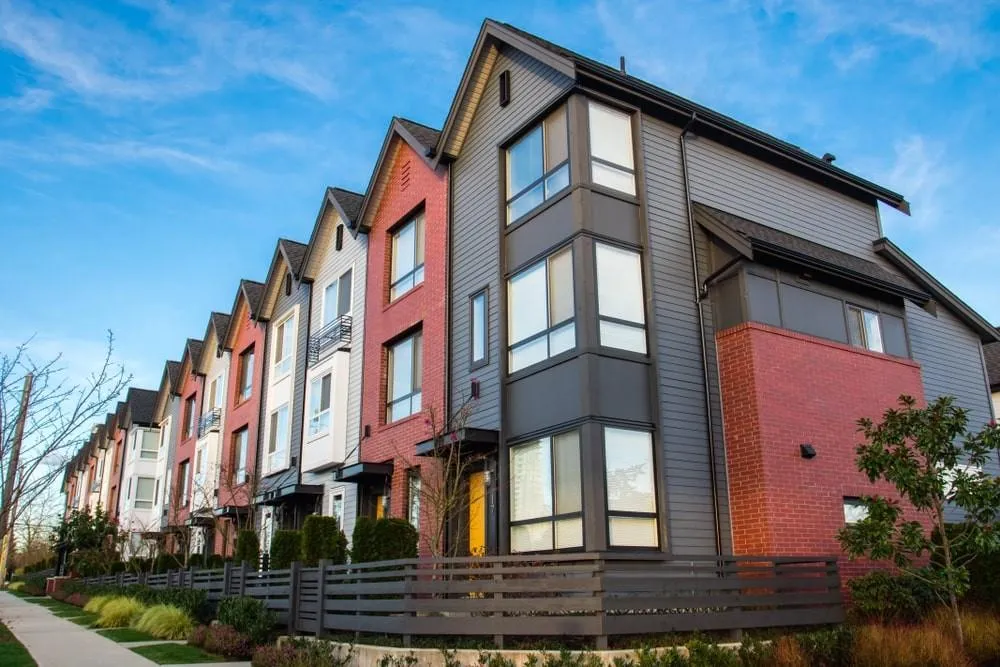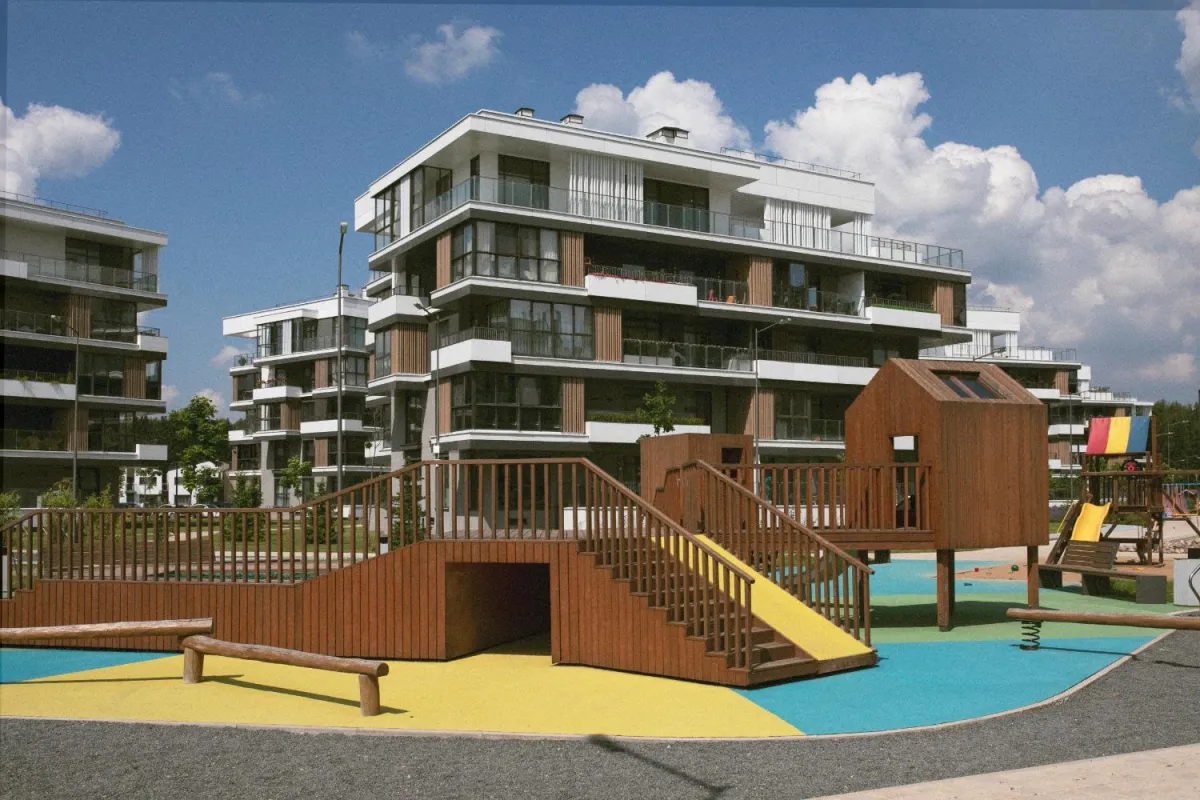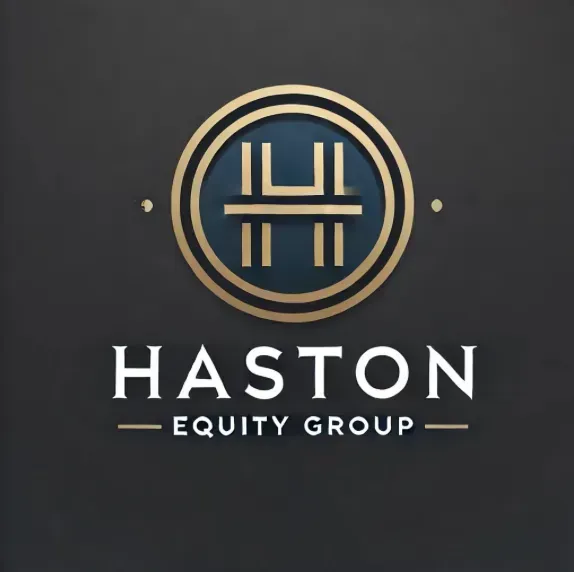Unlocking Hidden Value in Real Estate Through Strategic Vision and Disciplined Execution
Haston Equity Group invests in overlooked real estate with high upside—multifamily and adaptive reuse across Connecticut, Georgia, Florida, and the Southeast. Our goal: generate serious returns for serious investors.
How Does Our Investment Opportunity Work?
In a world where many see only what is, we see what could be. At Haston Equity Group, we believe true value isn't always found in what's new, but often in what can be transformed. Led by Adam Haston, author of "The Wonder Effect," we combine strategic vision with disciplined execution to unlock hidden potential in undervalued properties, creating both financial returns and positive community impact.
Our specialized focus on high-value add multifamily and adaptive reuse projects allows us to identify opportunities where others see challenges. We don't just invest in real estate; we transform it, creating vibrant communities and generating superior risk-adjusted returns for our partners.
DISCOVER The Power of Real Estate Investments
INVESTMENT STRATEGY
High-value add multifamily investing represents the art and science of identifying existing apartment properties that are under performing their true potential and implementing strategic improvements.
INVESTOR RELATIONS
At Haston Equity Group, we view our investors not as passive capital providers, but as true partners in our mission to unlock hidden value in real estate while creating positive community impact.
MARKETS
Connecticut presents unique opportunities for adaptive reuse and value-add multifamily investments, driven by the state's rich industrial heritage and evolving urban landscapes.
RESOURCES
At Haston Equity Group, we believe that educated investors make better partners. Our comprehensive resource library provides valuable insights into real estate investment strategies.
Value Proposition Section
The Haston Equity Group Advantage
We operate at the intersection of opportunity and transformation, where strategic insight meets practical execution. Our approach is built on three foundational pillars:


Strategic Vision Beyond the Obvious
Drawing from the principles explored in Adam Haston's book "The Wonder Effect," we cultivate a mindset that sees potential where others see problems. This isn't just about identifying undervalued assets; it's about envisioning their highest and best use, then having the conviction and capability to bring that vision to life.
Deep Market Expertise and Relationships
Success in high-value add multifamily and adaptive reuse requires intimate knowledge of local markets, regulatory environments, and construction complexities. Our extensive relationships with key stakeholders provide access to off-market opportunities and the expertise necessary for complex project success.


Disciplined Execution and Proven
Results We believe that the value of following ambition outweighs the cost of failing, but success requires meticulous planning and disciplined execution. Our investment process is built on conservative underwriting, thorough due diligence, and proven value creation methodologies.

